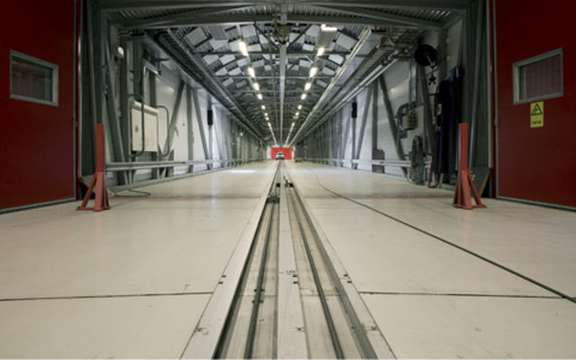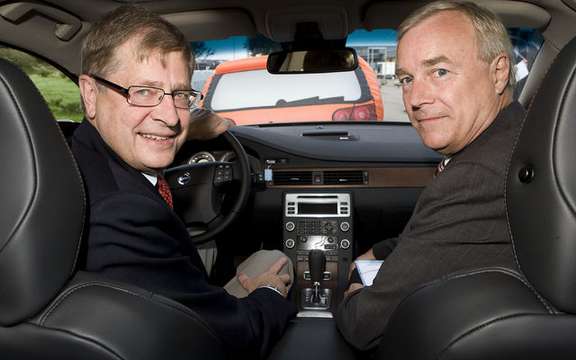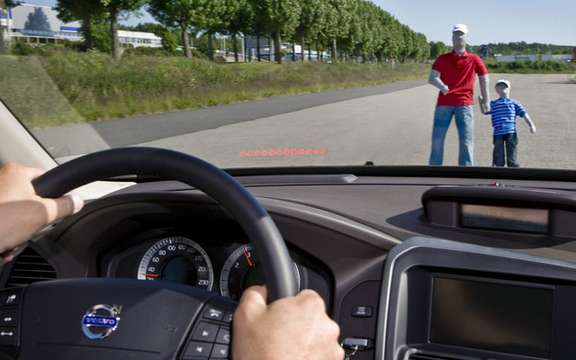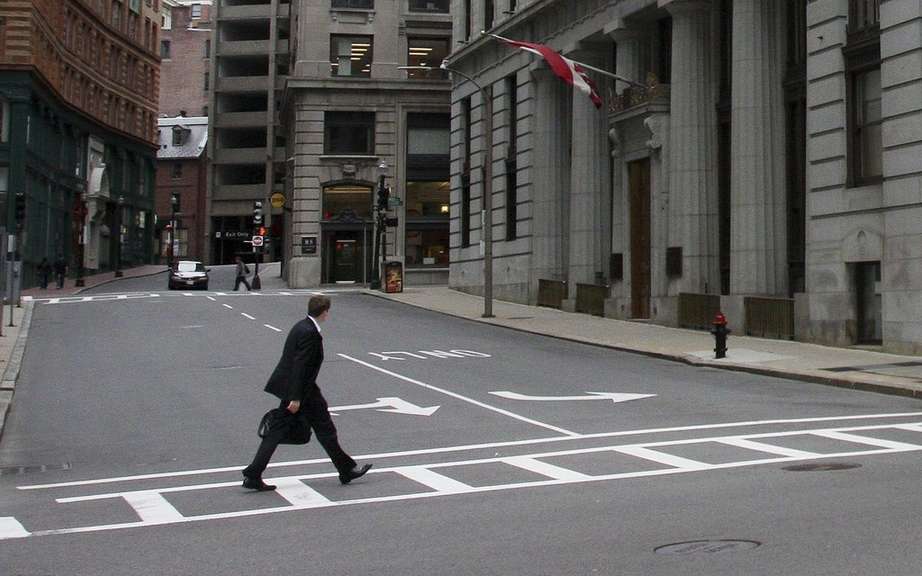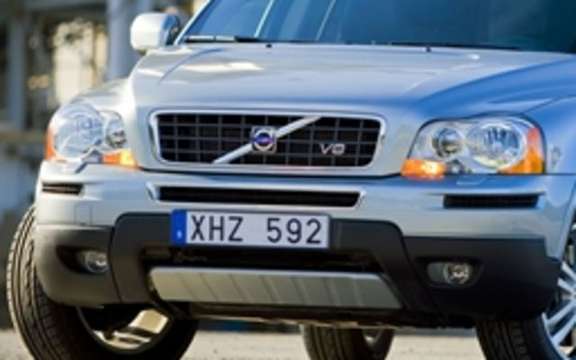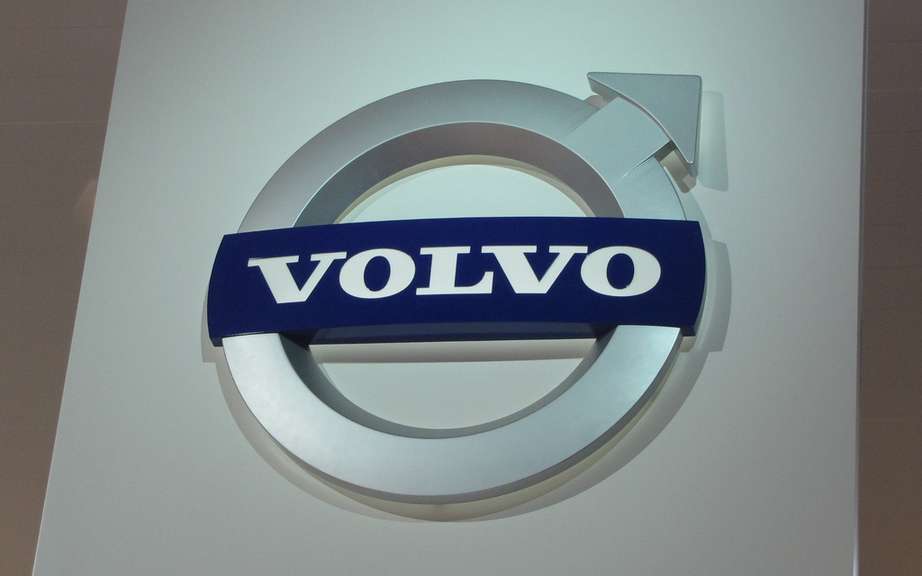Volvo Cars envisions a future without collision
Volvo Car Corporation, the vision of the company on the design and creation of its products is that ultimately, it will build vehicles that should not be involved in collisions. Although the vision for the future of the company, in the short term, Volvo Cars intends that no one is killed or injured in a Volvo vehicle of 2020.
"If we do not accept that people die in plane crashes, why should we consider the Driving collisions as inevitable? , "Says Jan Ivarsson, head of Safety Strategy at Volvo Cars.
The World Health Organization estimates that about 1.2 million people are killed and more than 50 million are injured each year in car crashes. The number of vehicles not ceasing to increase on the roads, it is expected that these numbers are increasing rapidly unless an action is taken. Volvo Cars is determined to maintain its role as a leader in the industry in matters of security as a guiding principle using his vision of a future without collision.
"The continuous research and improvement of the security inside and outside of our vehicles will be essential to get a driving environment safer and a collision-free future, says Mr. Ivarsson. To this end, we encourage effective collaboration with the authorities and the automotive industry. "
Since its formation in 1970, the team of accident research at Volvo Cars investigation over 36,000 collisions involving Volvo vehicles. The team fills a database with information about the cars involved in collisions to evaluate the performance of existing systems of protective security and gather data on the needs of improving our systems or in writing of new. It is equally important to understand why a collision occurred as knowing what happens during this collision. In this respect, the research team studied also the driving environment and asking people involved to better understand the behavior of the driver.
"It is this knowledge gained from collisions in the real world that brings Volvo Cars design of vehicles with a very high level of security for collisions in the real world and develop new technologies to help drivers has better avoid collisions.
"With technology becoming more advanced, we design vehicles that help the driver avoid collisions and, we hope, to avoid being exposed to dangerous situations," says Ivarsson.
To better address situations that could lead to the vehicles collide, the development strategy and research the security of Volvo Cars includes a vision exceeding the framework of a pure and simple examination of collisions.
Although the technology to draw an environment away driving crash is not yet in place, experts say safety at Volvo have created a path that will allow a company to get there. To this end, the engineers and designers need to stop the whole travel of the driver from the normal driving until after the collision. This process can be divided into five phases and each stage contains an opportunity to improve safety:
Phase 1: Normal driving - The driver is kept informed on the driving environment and its concentration on driving.
Phase 2: Conflict - The driver enters a potentially dangerous situation, but can escape by avoidance maneuvers emergency.
Phase 3: Avoidance - Driver has more difficulty to cope with the situation without help.
Phase 4: Damage Reduction - The driver and vehicle are unable to avoid a collision and measures will be taken in preparation of the collision and to try to reduce the collision forces.
Phase 5: After collision - Aid and rescue are available to the driver.
Volvo Cars also adhere to the principle that the driver should always have the mastery of the vehicle. The preventive security systems of the vehicle should always support the driver by monitoring, for example, his or her sleepiness distraction. The security systems of the vehicle can also warn the driver when the distance which separates the other vehicles is too short. It is not until the driver neglects to react and a collision is imminent or inevitable that the vehicle automatically engages systems - such as brakes - possibly to avoid or minimize the effects of a collision. A lower impact speed reduced by the fact that even the energy of the collision, which increases the performance of protective safety systems of the vehicle such as seat belts, airbags and crumple zones. In addition, Volvo Cars intends to present in the near future safety technologies that will detect the presence of pedestrians and automatically perform a braking or even automatically steer the vehicle to move away from the vehicles has its meeting.
With this new vision, Volvo Cars launches a challenge not only to itself but to the entire automotive industry and government, given a collision-free future can not be achieved by a single company or a single organization . A safer traffic involves three main stakeholders: automobile manufacturers, drivers and group operations infrastructure.
"There is a potential security has considerable create a communication between vehicles and infrastructure, says Ivarsson. Thus, two vehicles could be warned each other if there is congestion or if the road is slippery. Sensors infrastructure could indicate to the driver the presence of people or animals crossing the road. "
This obviously requires that all vehicles speak the same language, regardless of the brand, and international standards are required.
Ultimately, the driver and passengers must also understand the importance of the observance of the rules of safety and use of safety equipment of the vehicle.
"The seat belt has three fixing points invented by Volvo, was presented as standard equipment there almost 50 years ago, says Mr. Ivarsson. At this time, we felt it was an important characteristic for humanity that we offered the patent quite free to all other manufacturers. We always considered it comes to safety equipment that saves the most lives automobile. And yet, many people still persist in not using it. Much remains to be done to educate people about security in today's vehicles. "
